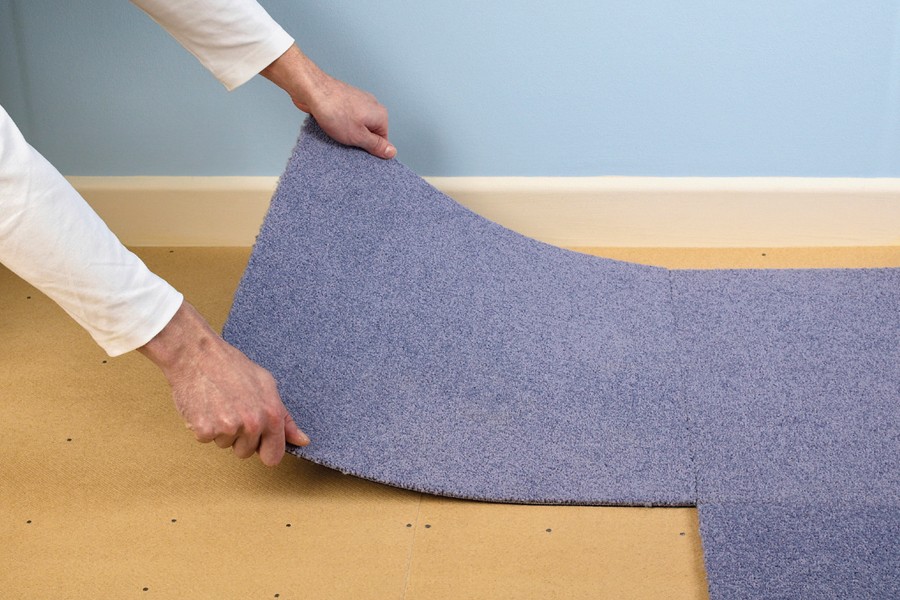CFJ speaks to Peter Jones, managing director at Finnish Fibreboard, about the hardboard industry and his company’s place in it.
Could you tell us something about your company and why its products are sustainably beneficial?
Finnish Fibreboard is one of Europe’s largest and oldest fibreboard manufacturers. Hardboard has been produced on Finnish Fibreboard’s Heinola site in Finland since 1949, although the company’s history dates to 1931. We’re a privately-owned company that has expanded steadily owing to mergers as well as organic growth. Our heritage was initially in plywood manufacturing and with more than seven decades’ experience in panel production, I think we can safely say we have extensive knowledge and experience of the wood panel sector, and in manufacturing and designing engineered products that are specifically designed to meet our exacting customers’ requirements.
Today, we differ from our competitors in several ways, as our manufacturing process is quite different, ensuring customers receive much flatter Lion-branded boards than our competitors are able to supply. We believe we’re unique as we don’t cut down trees and process logs to make our boards, but use only a by-product from the local wood-processing industry to make our Lion-branded products. This makes our business model quite exceptional in terms of sustainability.
Why has hardboard largely been forgotten?
Hardboard was one of the very first homogenous engineered wood panels to be produced and was extremely popular in the flooring industry between the ‘30s and the ‘80s. Many older people from the flooring industry will remember their fathers, grandfathers and even great-grandfathers using the product to prepare wooden subfloors to take carpets and resilient flooring, but I believe there’s a generation of fitters out there today that know little or nothing about hardboard, and what a good and dependable underlay it can be.
The hardboard industry is now quite small, especially when compared to daughter sectors like the MDF/HDF industry. These industries developed on the back of the technology first developed in the hardboard sector, although they do differ as hardboard is produced using mainly water and wood (the wet process) and MDF/HDF is produced using chemical binders and wood (the dry process).
The MDF/HDF sector is now a significantly larger fibreboard industry than their ‘hardboard ancestors’ and has heavily promoted itself to the market, with the consequence that hardboard has been left with a very small voice in the wood panel sector.
What complications and advantages are created by the generational differences in terms of the perception of hardboard?
Today, we’re all too often obsessed with having the latest iPhone or gadget, and in the wood panel industry, many consumers are no different when it comes to the latest trend in wood panels.
There’s always a lot of hype built up around ‘new’ panel products and consequently, hardboard, as a more traditional product, has been left behind and largely forgotten by many flooring professionals.
Back in the ‘old days’, the quality from many hardboard suppliers was generally higher, and perhaps more importantly, the UK imported and promoted the correct thicknesses (4.8mm and 6mm) and grade of hardboard for the flooring industry.
With the development of thin MDF/HDF, many importers stopped brining in these thicker hardboards, preferring to stock the latest development in the wood panel industry – HDF; which despite its name (high density fireboard), is significantly lower in density than hardboard.
Because of the rising popularity of HDF and MDF, the range of hardboard thicknesses and types available to the flooring industry was significantly reduced, meaning that for many, they only had 3mm/3.2mm on offer.
Why does the flooring sector have preconceived ideas about hardboard?
Just as there have been many concerns about plywood in recent years (owing to delamination issues etc), many flooring professionals believe hardboard is that thin wavy board they’ve come across – and may even have used in the past. Like plywood, the hardboard industry has good and bad producers who manufacture differing qualities of hardboard. I fully understand why many flooring professionals dismiss hardboard, owing to past experiences – but just like in the plywood sector, there are good hardboards and there are bad, but Lion Floor has been designed to ensure it meets the requirements of BS8203:2017 as well as the CFA’s requirements as stated in its latest guide to contract flooring. In addition to being a fully engineered and highly sustainable product, Lion Floor is also available in sizes which assist the professional fitter in ensuring the joints of the fabricated underlay don’t fall on, or close to, the joints of the timber subfloor, and as we can produce sheets in larger sizes than plywood, this also means fewer boards to handle and lay.
Please click to view more articles about
> Finnish Fibreboard <

